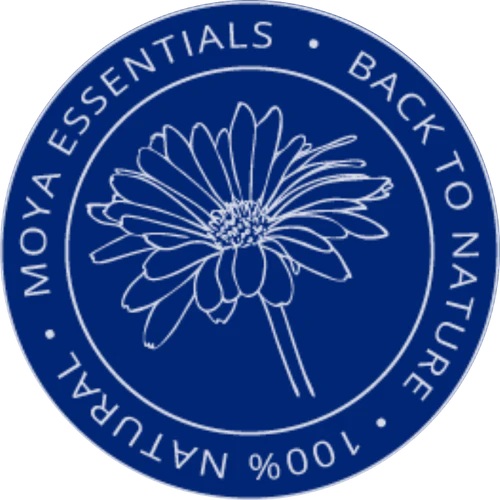Aromatherapy And The Therapeutic Use Of Essential Oils
Share
Essential oils have been used for hundreds of years to support overall mental health and wellness. Essential oil compounds are known to influence the chemistry of the body and brain through the activation of our sense of smell via the olfactory receptors located in the nose or through skin absorption.
For instance, smelling an essential oil can stimulate the limbic system (commonly referred to as the "emotional brain"). The limbic system is directly connected to those parts of the brain that control heart rate, blood pressure, breathing, memory, stress levels, and hormone balance. This relationship helps explain why smells often trigger emotions. Knowing this, we can see how inhalation of essential oils can have some very profound physiological and psychological effects.
This can result in a change in the body’s neurochemistry. For example, the release of the neurotransmitter serotonin can ultimately enhance mood while reducing anxiety.
Inhaling essential oils is an ideal way to promote a peaceful environment that reduces stress, calms the nerves, and relieves tiredness. Simply inhaling an essential oil straight from its bottle can be a straightforward yet effective measure. Using an oil burner or diffuser is also a very effective way to use essential oils.
Topical administration using massage blends and roll-ons, after appropriate dilution with a carrier oil, are also recommended by aromatherapy practitioners to melt away any headaches, stress, and mental or muscular tension while improving low moods and diminishing feelings of restlessness or agitation.
Many of the medicines that we take for daily ailments, such as inflammation, hay fever, congestion, sleep issues, digestive issues, mild stress and anxiety to name but a few have side effects on our bodies. Essential oils offer a real alternative to these and have no side effects. They consist of naturally occurring compounds and chemicals that our bodies recognize, absorb and interact with.
Essential oils have a wide range of uses, and different oils can be used for different purposes. Some common methods include:
- Aromatherapy: Essential oils can be used for aromatherapy by adding a few drops to a diffuser or humidifier to disperse the scent into the air. You can also put a drop or two on a tissue or cotton ball and inhale directly.
- Topical application: Essential oils can be applied topically (on the skin) after being diluted with a carrier oil, such as sweet almond or coconut oil. Dilution is important as some oils can be irritating to skin and can cause allergic reactions. The dilution rate is usually 2-5% for adults, but it can vary depending on the oil and the individual.
- Bath: Adding a few drops of essential oils to your bath water can help create a relaxing and aromatic experience, however it is important that they are dispersed in the water or combined into a bath milk or bath oil.
- Massage: Mixing a few drops of essential oils with a carrier oil, such as sweet almond oil or olive oil, and using it for massage can help promote relaxation and reduce muscle tension.
Essential oils can be used very effectively in skincare products to help moisturize and protect the skin, as well as to help treat certain skin conditions. Different essential oils can also assist with building collagen and have antioxidant properties.
Some essential oils have antimicrobial properties and can be used as a natural cleaning agent. Citrus oils are particularly useful for cleaning.
There is a growing interest in ingesting essential oils. However, this can be dangerous and should be avoided, except under the guidance of a qualified healthcare practitioner or a certified aromatherapist who is trained in the safe use of essential oils. Essential oils are highly concentrated plant extracts and can cause harm if not used properly.
Click HERE to view our Essential Oils range.
